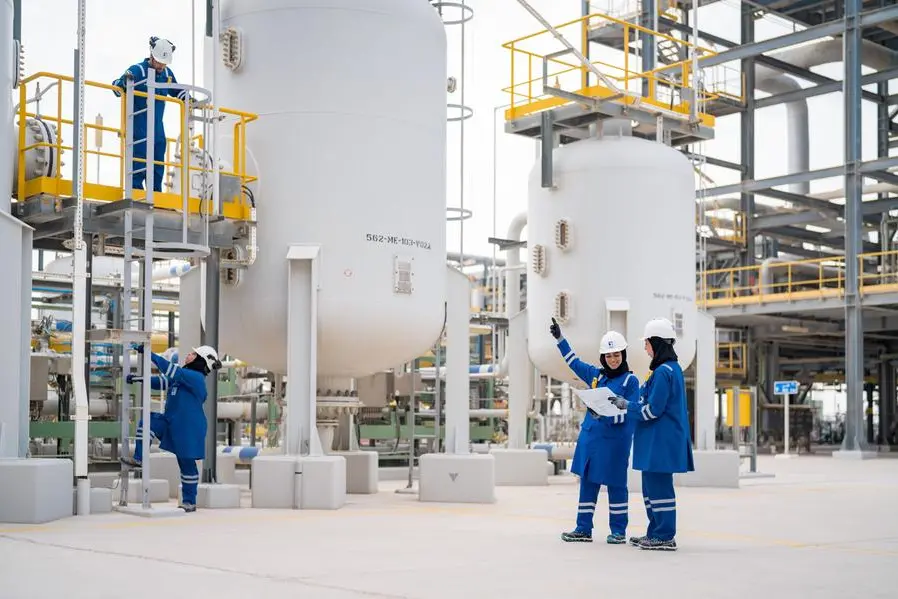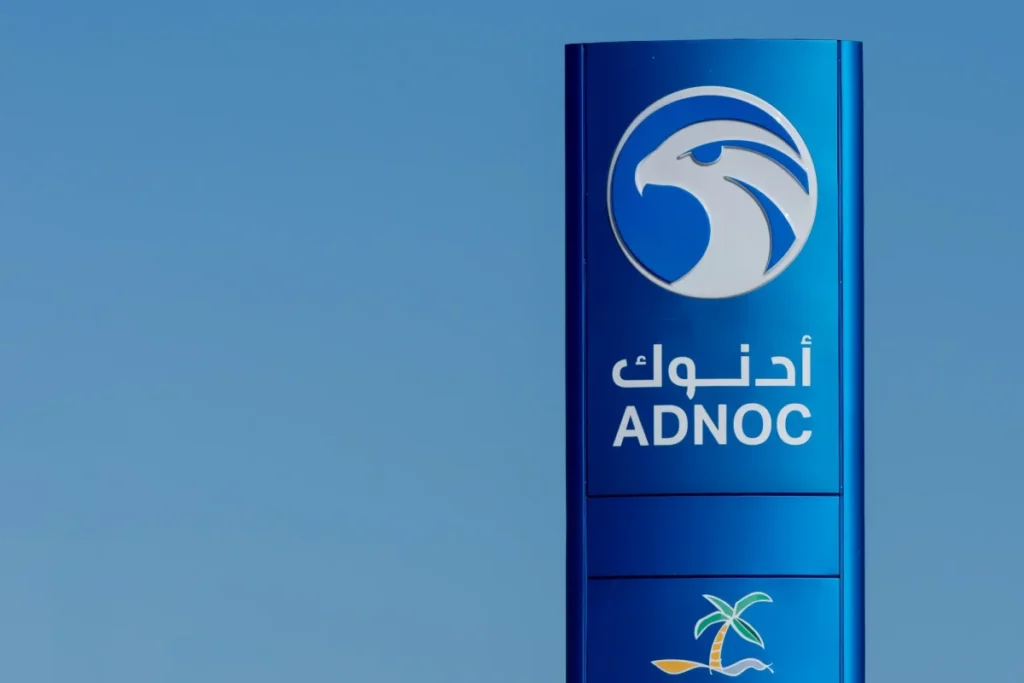The ADNOC Rich Gas development initiative has reached a pivotal moment, with the awarding of $5 billion in contracts for its next phase. These contracts mark a bold step toward expanding rich gas output, spurring economic benefits, and reinforcing the UAE’s energy leadership. Here’s what you need to know.
Why ADNOC Rich Gas development matters
- What is rich gas?
Rich gas is natural gas enriched with valuable liquids like ethane, propane, butane, and condensates. Unlike dry gas, rich gas provides a bigger revenue stream and supports petrochemical expansion. - Economic impact:
By unlocking more rich gas, ADNOC can sell both gas and condensates, boosting revenues, supporting downstream industries, and creating new jobs. - Strategic fit:
The UAE aims to become a leading global energy hub. Rich gas development helps diversify energy exports, reduce reliance on oil, and power petrochemical growth.
Details of the $5B contract package
ADNOC has awarded five major contracts covering engineering, procurement, and construction (EPC). Key highlights:
- Gas extraction infrastructure – Additional wells and surface facilities to tap rich gas reservoirs.
- Condensate processing trains – Units to separate and refine valuable liquids.
- Compression and transportation – Systems to boost gas flow and strengthen network integration.
- Utilities and support services – Power, water, and handling facilities.
- Digital & automation upgrades – AI, monitoring, and control for safer, more efficient operations.
These contracts are awarded to leading EPC firms and joint ventures, including both global giants and UAE-based partners.

Economic and employment benefits

The rollout brings a range of local advantages:
- Job creation – Thousands of direct and indirect jobs in engineering, construction, and operations.
- Skill development – Emiratization targets boosted through training and localization.
- Supply chain growth – Local firms gain contracts for services, materials, logistics, and support.
ADNOC expects the project to generate GDP growth and boost non-oil economic activity.

Technical scale and timeline
- Capacity expansion:
The program aims to pump an additional X billion cubic feet per day (bcf/d) of rich gas by year-end 2028. - Advanced technology:
Use of digital twins, AI-driven monitoring, and optimized drilling techniques ensure efficiency and reduce downtime. - Project timeline:
- 2025: FEED studies and detailed design
- 2026–2029: Construction and commissioning
- 2028–2030: Ramp-up to full production
Sustainability and climate angle
ADNOC emphasizes that environmental responsibility is central:
- Reduced emissions: Modern facilities and leak detection help cut methane release.
- Carbon capture readiness: Plant designs include space for future Capture & Storage systems.
- Energy optimization: Electrification and heat recovery minimize CO₂ footprint.
The project aligns with ADNOC’s 2030 strategy to lower greenhouse gas intensity.
Strategic implications
For the UAE:
- Energy security: More domestic gas reduces import dependence.
- Industrial growth: Feedstock for petrochemical sector and fertilizers.
- Global competitiveness: New ethane exports to Asia, Europe, and beyond.
For the region:
- Market dynamics: Boosts Gulf’s role in natural gas and condensate markets.
- Investment magnetism: Signals to investors ADNOC’s large-scale project capabilities.
- Energy transition: Supports cleaner gas as a bridge to renewables.
What analysts are saying
- Local economic analysts cheer the job creation and supply chain boost.
- Energy researchers highlight the rich gas as ADNOC’s pivot from oil dependence.
- ESG reviewers welcome emission reduction pledges, though await carbon capture roll-out.
Risks and challenges

Even with promise, hurdles remain:
- Commodity price swings: Gas and condensate price drops could affect returns.
- Execution risks: Large-scale projects carry cost/time overrun potentials.
- Market competition: Rival gas-exporters like Qatar may impact pricing dynamics.
ADNOC believes strong contracting partners and risk mitigation strategies will address these.
What happens next
- 2025–2026: Detailed engineering finalized, main contractors mobilized.
- 2026–2028: Construction of production and processing assets.
- 2028–2029: Commissioning, initial production, and export ramp-up.
- 2029–2030: Full operation, ramp-up of condensate and gas sales.
ADNOC plans a public update on progress by late 2027.
Final takeaways
- ADNOC Rich Gas development receives $5 billion in the key contracting phase.
- The investment signals UAE’s ambition in energy diversification and industrial growth.
- From job creation to environmental stewardship, benefits are broad.
- Challenges around pricing, finance, and execution persist but seem well-managed.
For stakeholders—be they investors, industry players, or citizens—this feels like a transformative chapter in the UAE’s energy story.
Do follow UAE Stories on Instagram
Read More: UAE Real Estate: One Group Launches ELEVATE, Eyes $1bn Project Pipeline














